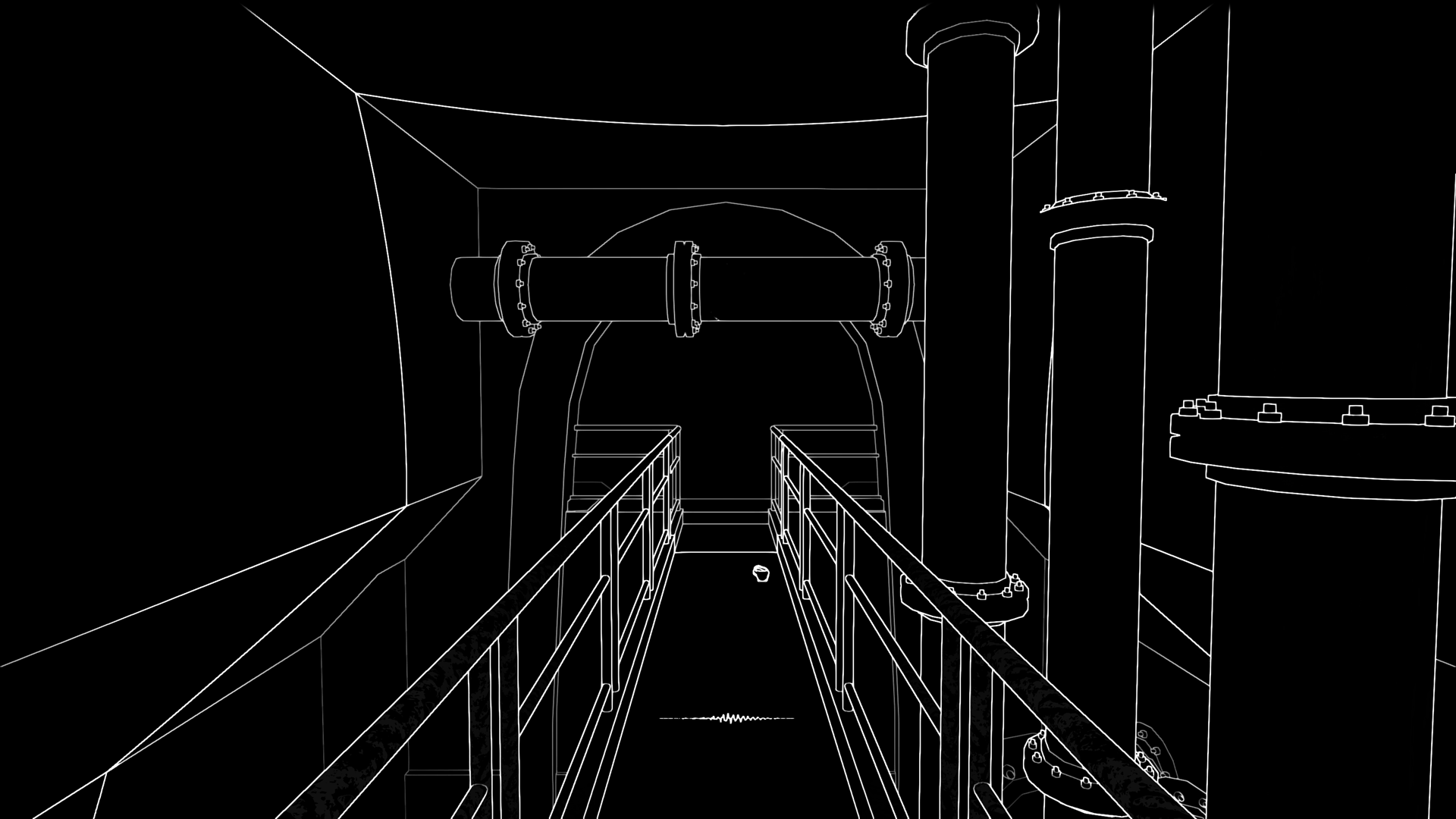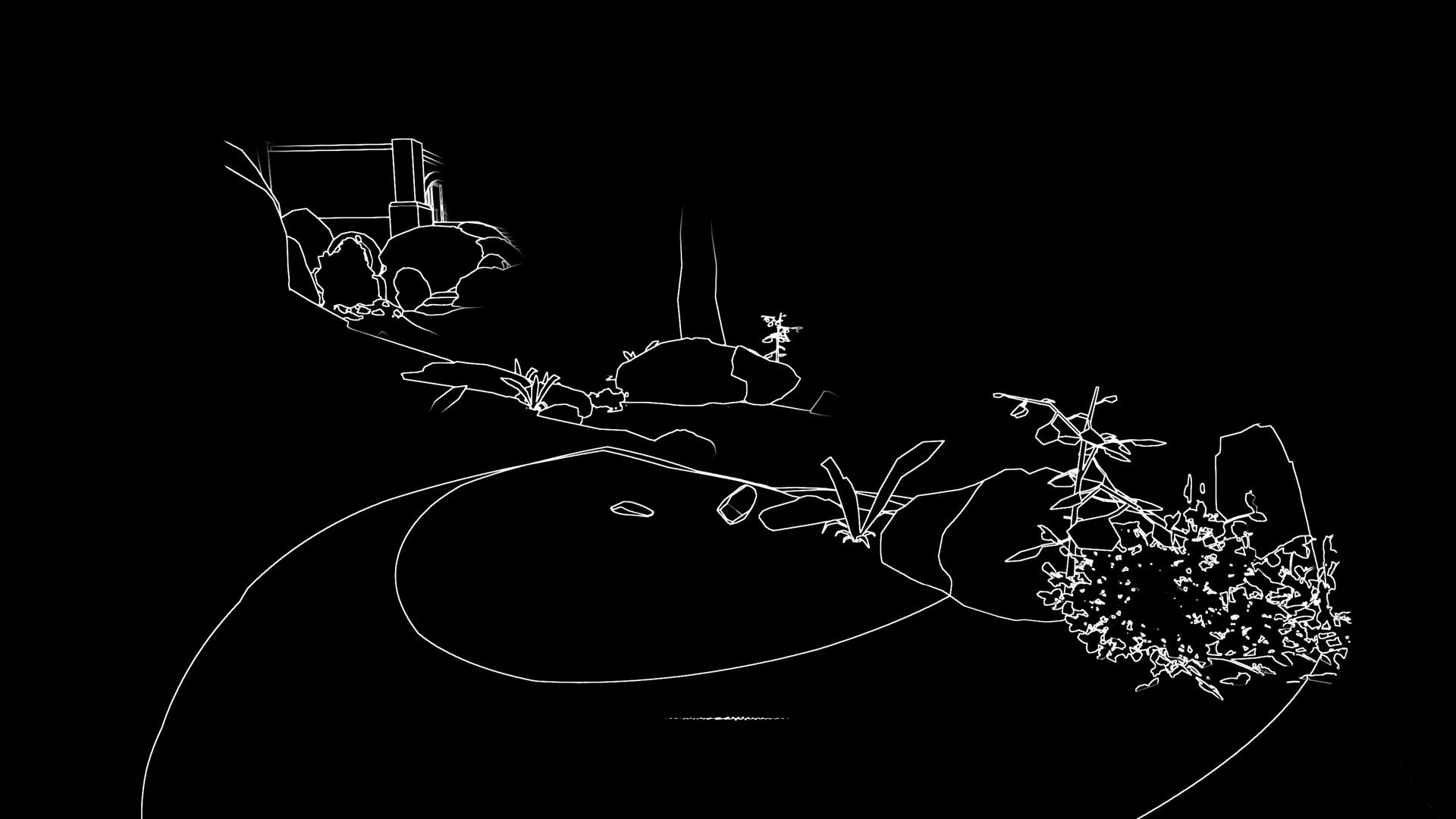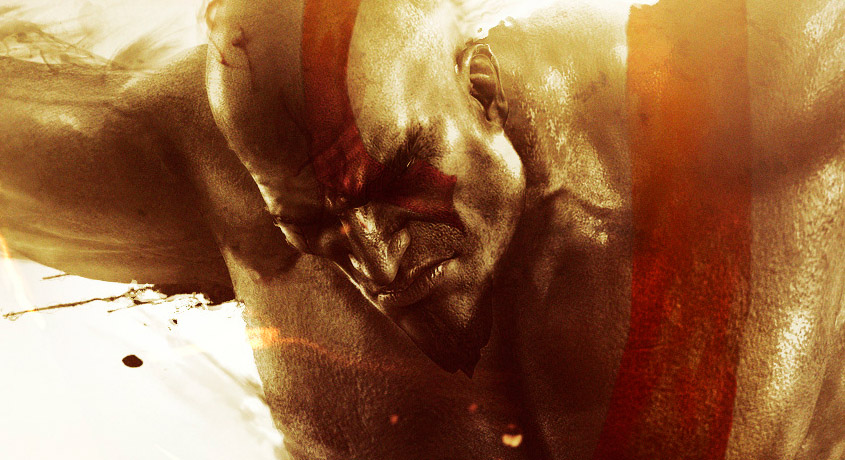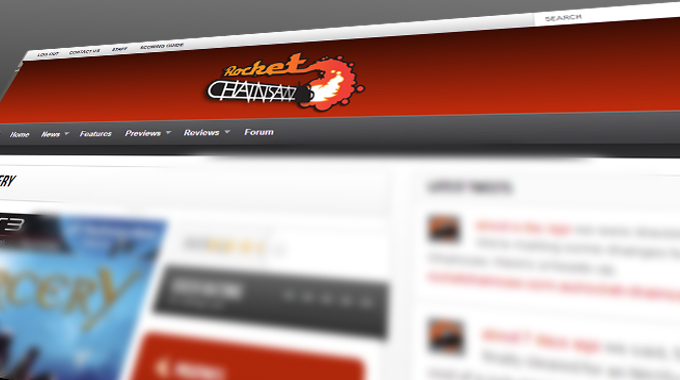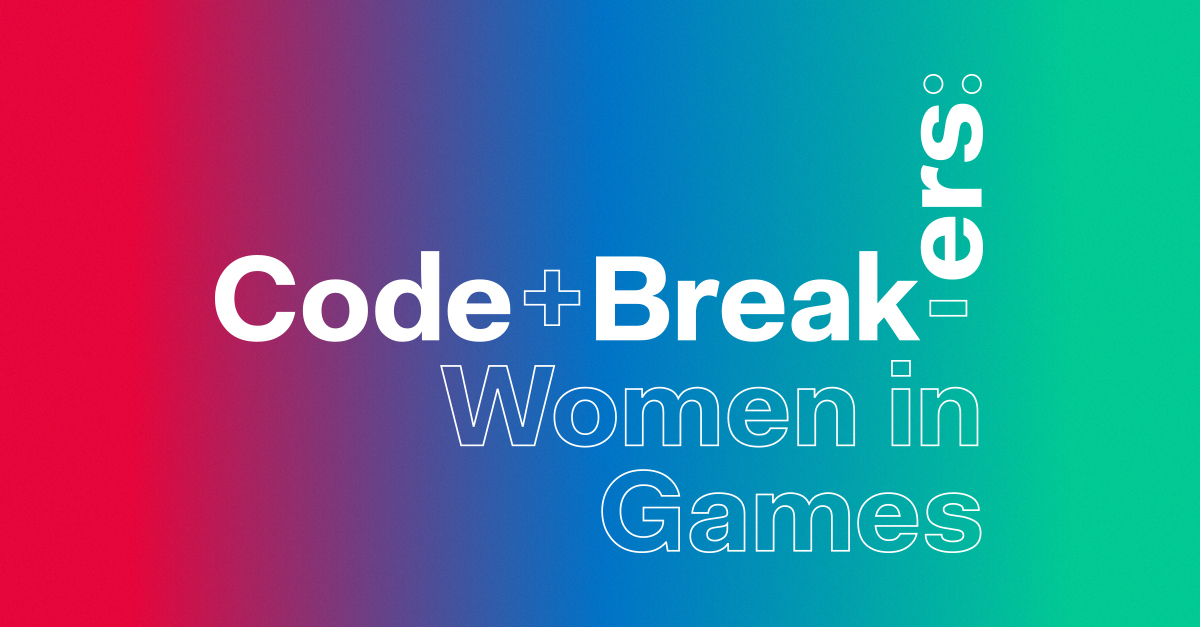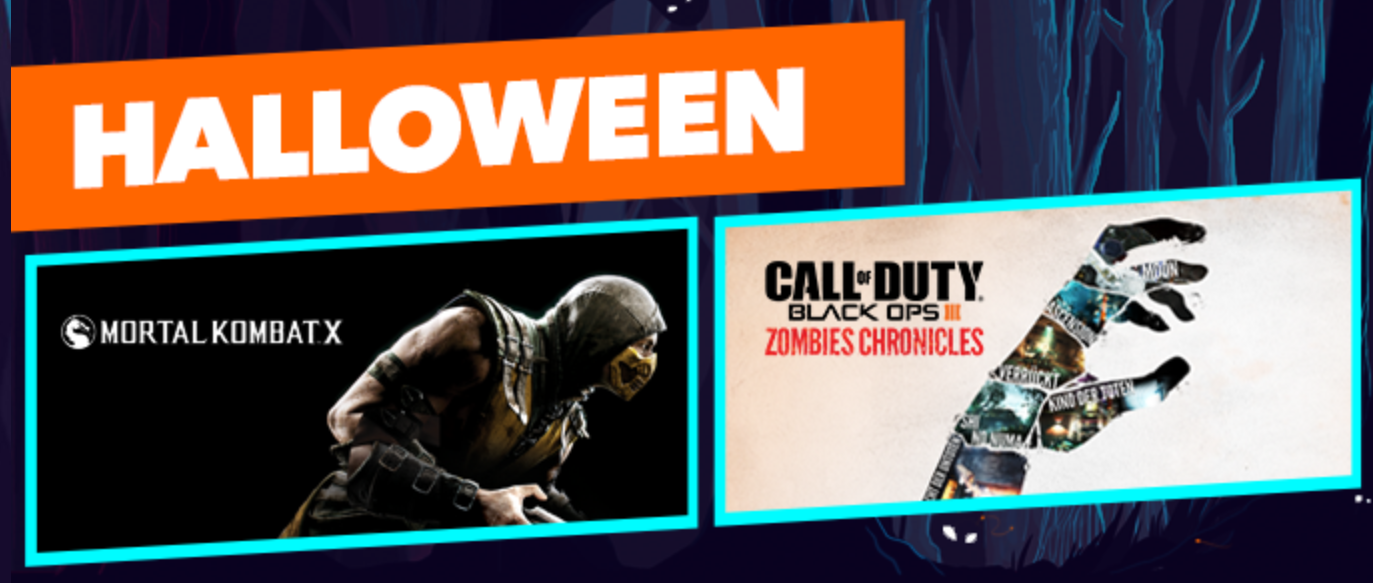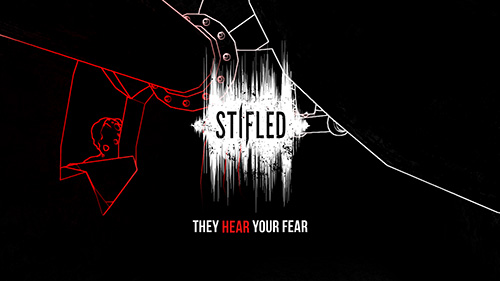
The Singaporean-developed game Stifled is an indie title that’s been no stranger to events like PAX AUS, appearing at game shows and festivals around the world while in development, from E3’s Indiecade to IGF China. It’s a unique idea as well, described as a “VR and Mic-Enabled Sound-Based Stealth Thriller, where sound is the only way you see and the enemies HEAR your fear.” The game launches on PlayStation VR on Halloween, 31 October. Over the weekend we caught up with Justin Ng Guo Xiong, Managing Director and Co-Founder of Gattai Games, the developers behind Stifled.
Rocket Chainsaw: Thanks for taking time out to talk to us! How long has Stifled been in development, and how has the journey been?
Justin Ng Guo Xiong: Its been interesting and fun! It’s our first game as a studio so there are a lot of lessons to be learned as we make the game and then having Sony signing the game on. It’s a pretty surreal experience, that much I can say.
RC: How big is the studio right now?
JN: We have five.
RC: Where did the initial idea come from, was there a specific inspiration?
JN: To talk about Stifled we have to go all the way back to three years ago, when we were in school. It was based off our student project, which was called Lurking, and that game was inspired by an animation of a blind little girl. In the animation, the girl was finding her way around the world, tapping a cane and based on her mood, what she saw was different and the sounds were revealing the world. As students, we didn’t really have to worry about financial repercussions, we just took a risk and did something interesting. And so, we decided to do a sound-based game, and as we worked on it, we decided to put a microphone in to have some immersion, and as we worked on it we figured out the art-style, which is black-and-white, super-stark, super-clean. It can fade away to pitch black darkness, and our sound designer Brian was like, “This makes sense for a horror game.” Which made sense, so we went to horror, and as we kept working on it, we realised we should put it in VR because the art-style is very different and it could fully immerse the players, so that’s eventually where the PSVR came in.
RC: Speaking about the art style, it’s definitely quite unique, can you tell me about the process behind it?
JN: It’s somewhat inspired by The Unfinished Swan, and as we first started the game, we wanted to make sure it was very focused on sound. That’s why we decided to keep the art-style super-simple, because if the game is black-and-white, with dashes of colour here and there, it pushes the players to focus more on sound, which is the core philosophy of the game. So, keeping it simple allows the sound to stand out.
RC: Well, sound is obviously a hugely important element of the game, can you tell me how you go about designing the soundscape, what’s involved?
JN: With the sound, we also tried to keep it simple. We take sounds that occur naturally in real life, and try to mess with it a bit so it feels a bit uncomfortable. So your footsteps we mess with a bit so it feels slightly off, but not really. That just keeps the tension going, so that the whole game you continually have this ominous feeling the whole time. And then, every stinger and every single big hit that comes it just has a much better impact. So, we try to keep it simple and ominous the whole time, and hit big with the important scares.
RC: Translating sounds to action sounds complex – does it need to be accurate, how do you you work it into the gameplay?
JN: It’s not exactly echolocation as it scientifically works, it’s more of our take on it. So, in a sense the concept is pretty simple. Anything that makes a sound creates a pulse, and it’ll create a pulse at the point of impact. The biggest challenge is balancing how loud the sound is and how big the pulse goes because that plays to gameplay, because the bigger the sound, the easier to track enemies. It’s a lot of balancing in trying to figure that out. It’s fairly optimised but it has challenges.
RC: Well speaking of challenges, you mentioned that there came a point in development that you decided to move to VR – how difficult was it to adapt the game to the technology, and what role did Sony play?
JN: Well, to speak about the Sony relationship, we started off working on the platform in about 2015, so through the Singapore government they had this co-working space that had a deal with Sony and invited a lot of us kids, even though we were fresh out of school. When we went to Tokyo Game Show one time, they saw the game and asked if we wanted a kit. They loaned us a dev kit and we’ve been working on the platform since nearly the start of production. Not necessarily fully, but on and off, making sure it was optimised all the time. In 2015, Sony announced the Morpheus, and we reached out to them and said we had a really cool looking game, and we think it’s going to make sense in VR. They said “Sure, why not?” They gave us a kit, and we became the first Singaporean developer to be working on the PSVR. And then at one of the events, in Kuala Lumpur, I met one of the second-party guys that we’re working on now and he looked at the game and said, “This is going to be really good for the platform and it uses the hardware with quality content, it’s innovative and different and it’s going to be fresh for our players.” That started the conversation and now, here we are.
RC: You’ve shown off Stifled at several events around the world, how has the feedback you receive from players been useful?
JN: The big ones are whether the game feels comfortable in VR and whether the game is scary. That’s not really feedback per se, because we know the game is scary, but it’s a lot of fun to just stand behind people and watch them scream. So when they start screaming I’m like, “Hell yeah! I got somebody screaming!” It’s kind of sadistic – when we do it at a show all of the other devs start staring at me and start whispering, “That’s a strange man…” [laughs] I wouldn’t say I’m proud of it but it makes me happy and gives me energy to keep going.
RC: Given Stifled is a horror game, it’ll be a popular game to stream, but how are streamers going to be able to survive when talking will give away their position in-game?
JN: I think that actually works to our advantage. In a sense, let’s players and streamers want to talk to their audience, and with Stifled they can’t do that without risking dying. So, it changes up the dynamic between the let’s player and the audience, and that’s something really interesting to watch. So, I’ve seen people play the demo and keep quiet, and I was like “Haha, see you can’t do a joke now can you!” [laughs]
Stifled is available on PlayStation VR from 31 October.

